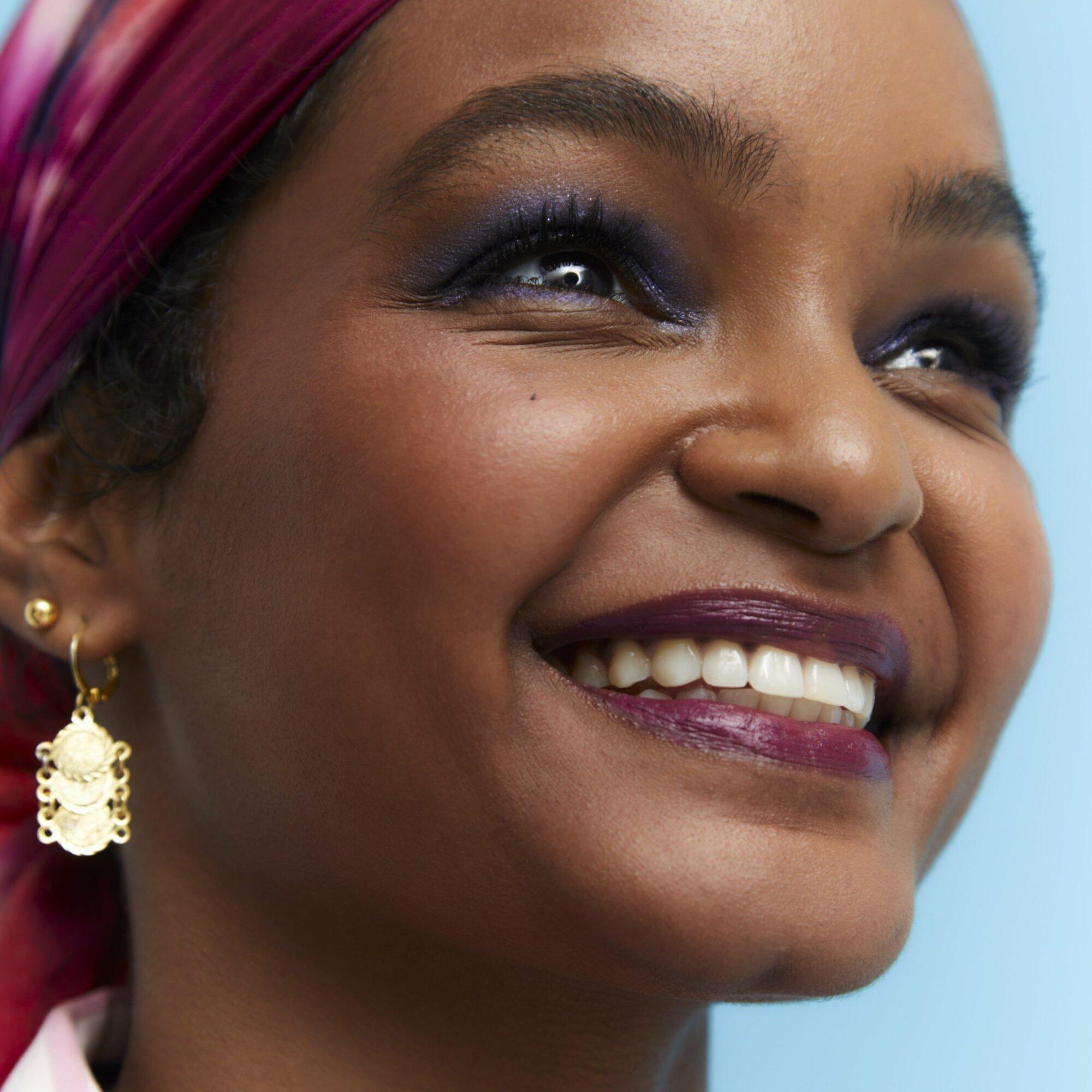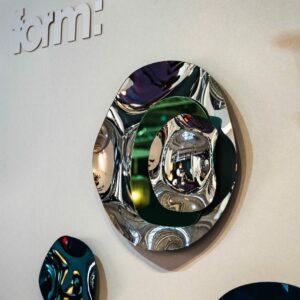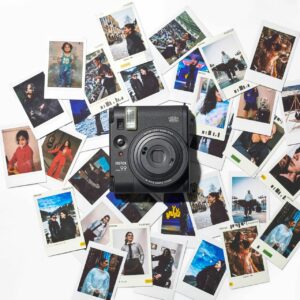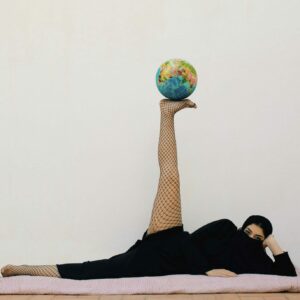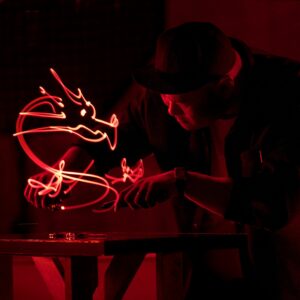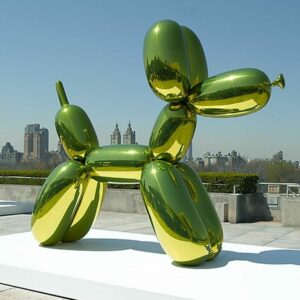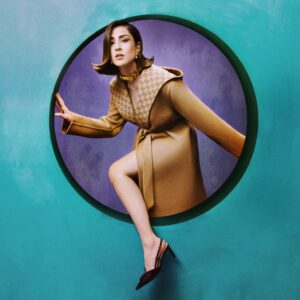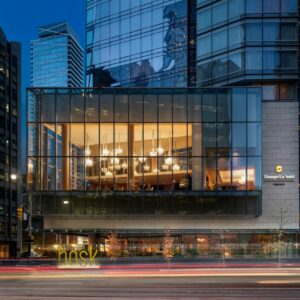Rayan Elnayal (Instagram) is a Sudanese-British designer who creates fictional spaces to image a future Sudan and to tackle a colonial legacy.
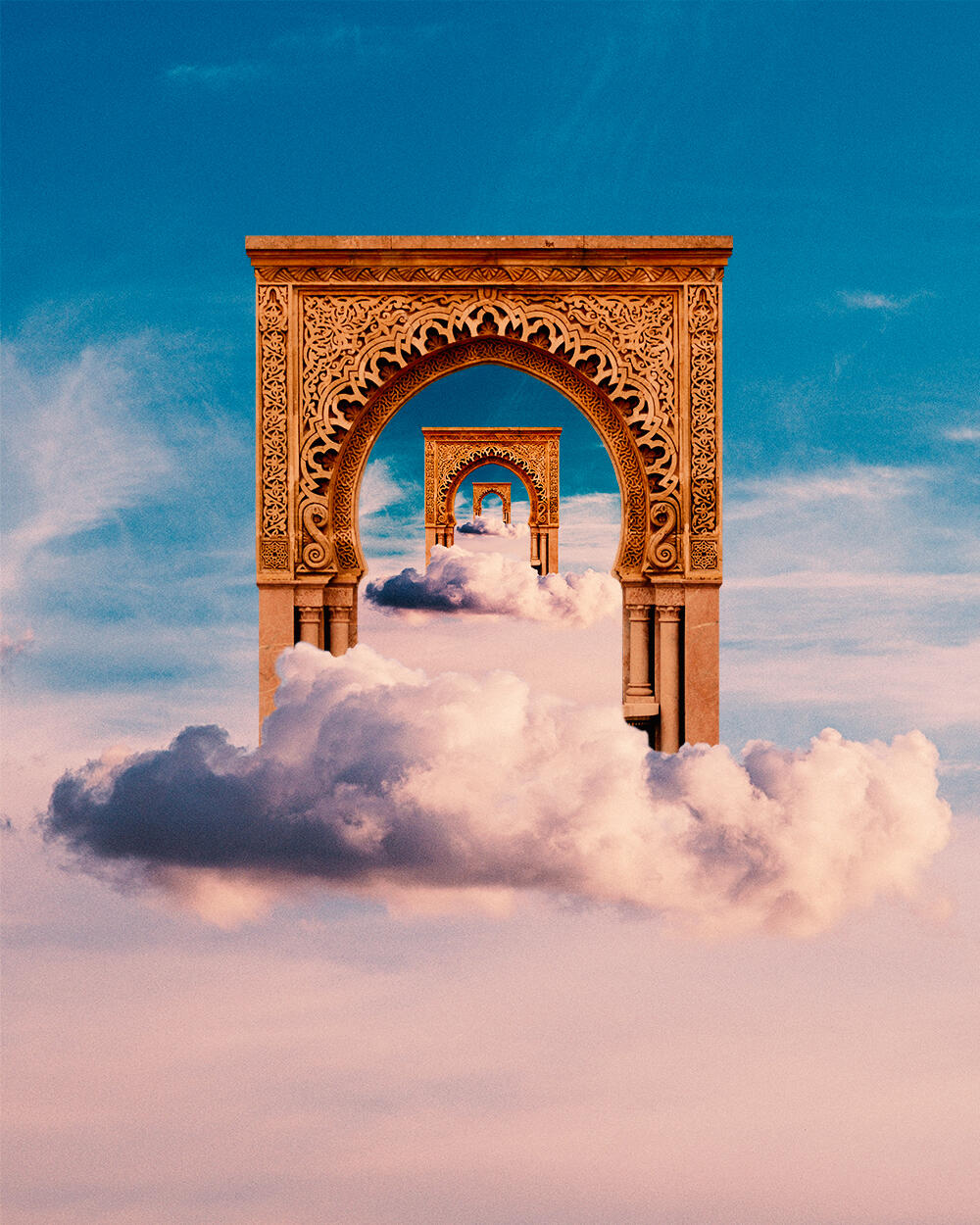
As an artist and designer, how has your background in architecture influenced your creative process and the way you visualise and speculate on fictional spaces?
I use my architecture skills and experience to visualise my own fictional Sudanese spaces. My architecture studies taught me how to communicate ideas visually. It is also where I learnt technical skills like CAD, 3D rendering and Adobe CC software, all of which I now use to produce my artworks.
What specific historical influences inform and shape your artistic work?
Many of my works are based on photographic references from the 1950s and beyond, including Sudanese and North African architecture. I particularly like taking traditional forms and turning them into something futuristic – like turning a minaret or dome into a spaceship. However I’m also not strict with my creative practice.I never thought I would play with typography, but I’ve been having a lot of fun sculpting and distorting Arabic text in 3D. This play with forms has also prompted me to use more unusual methods of lighting and materiality in my 3D scenes.
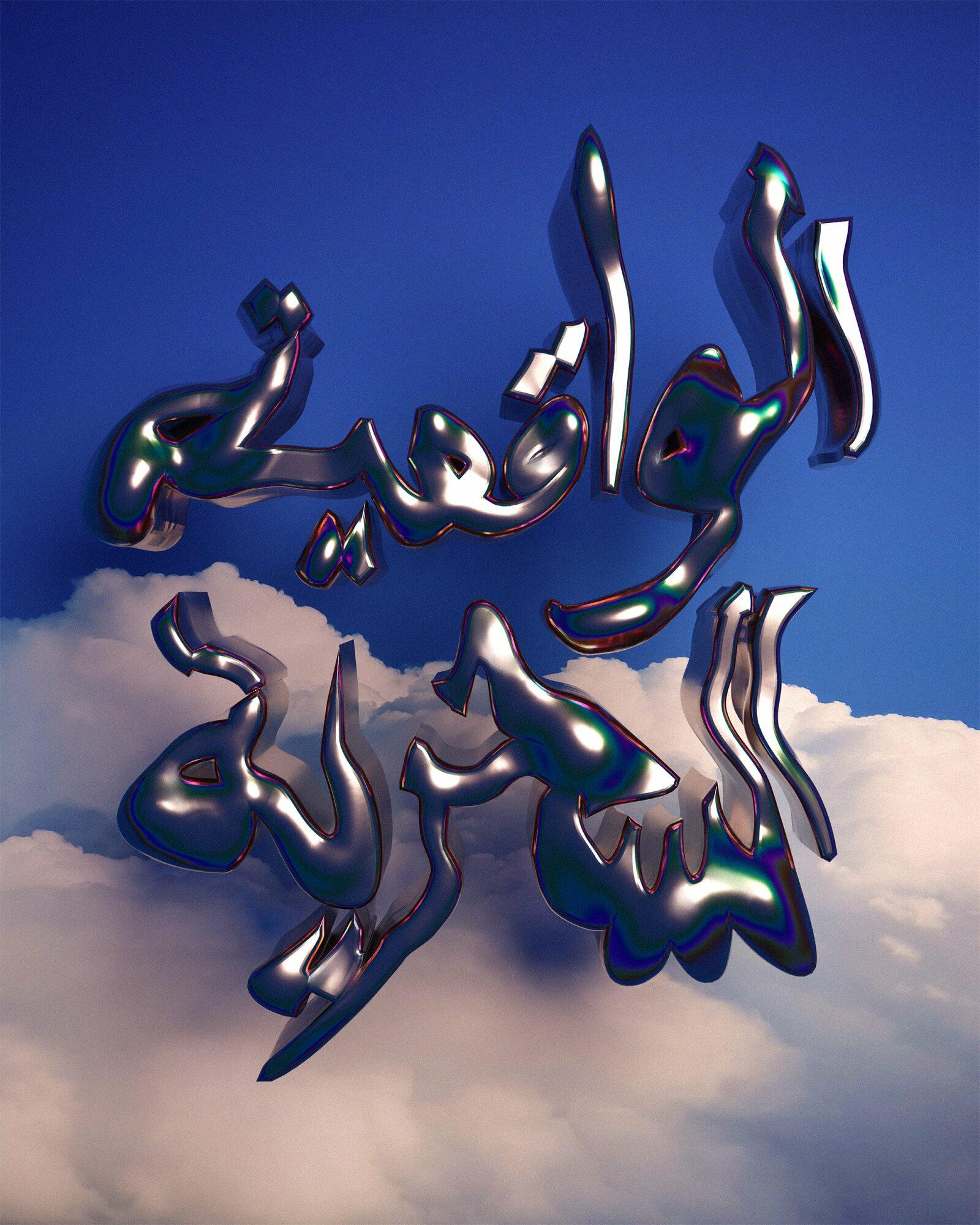
What draws you to the concept of magic realism in your artistic practice?
Magic realism liberates me from conforming to an era, style, genre or medium. It helps shape polyvocal narratives, which for me, as a creative from the built-environment profession is very significant. The profession has a huge lack of diversity and feels very homogenous and unaccepting of diverse cultures and aesthetics. Magic realism provides me with the tools to resist Euro-centric ideals of Futurisms and architectures.
How does it help you explore and communicate the narratives of Sudan, the SWANA region, and its diaspora?
Studying how postcolonial novelists and artists used magic realism to resist the narratives they were asked to conform to is of interest to me as a Sudanese woman who does not see East Africa in Afrofuturism. Creating futuristic visuals that communicate fictional narratives from Sudan and the SWANA region needs to be polyvocal because the region and Sudan itself is so diverse- Western cyber-futurism does not reflect this.
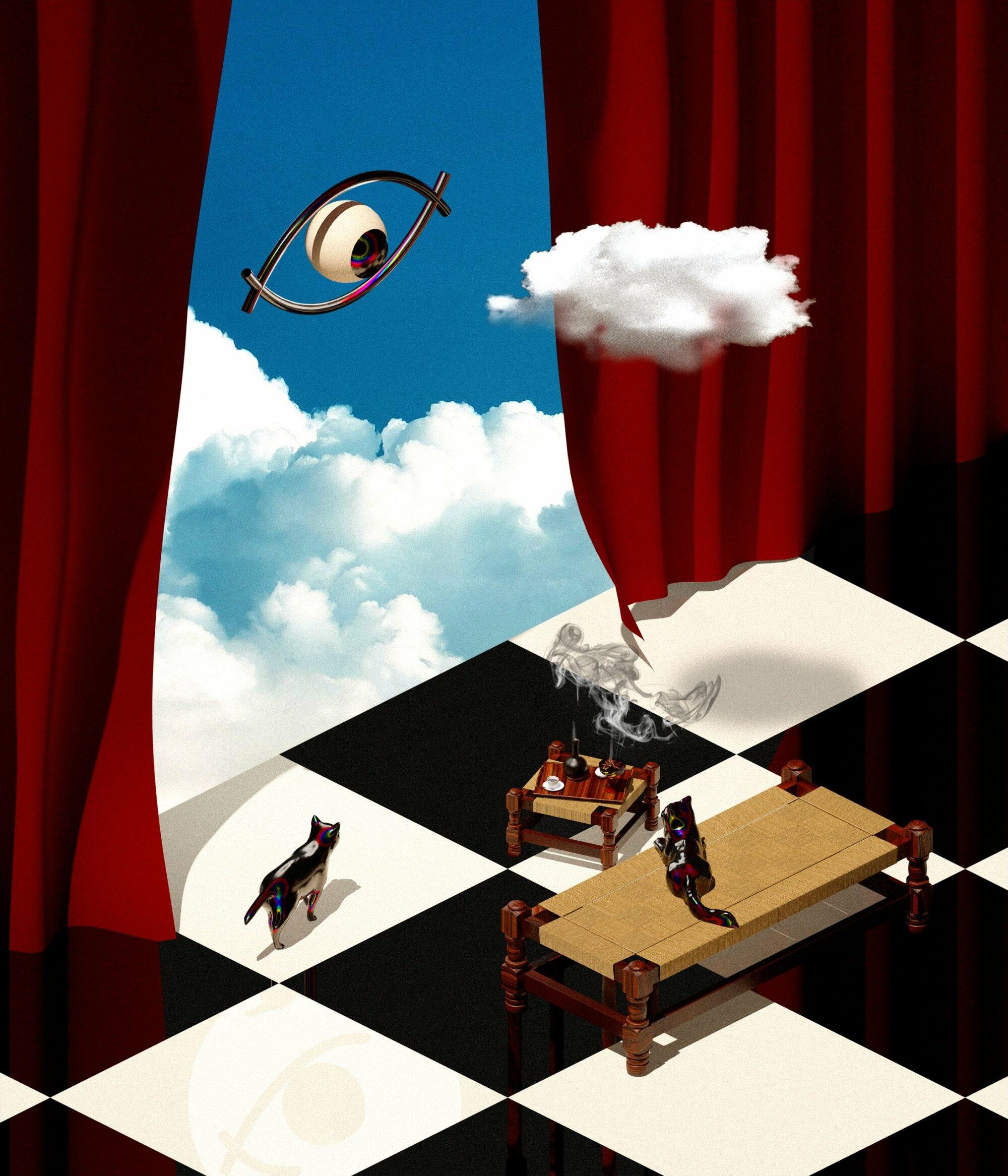
How do you merge nostalgic historical elements and modern mediums in your work to bring a dynamic and vivid artistic vision to life?
I think collage achieves this well. I love collage because it allows me to combine the new with the old and test compositions live. Even when I use 3D renderings I always collage the final render with other images. Also the process is not linear for me. I might start a piece, pause it, start another one, or return to an older piece- sometimes years old.
Have you ever had a dream or a surreal experience that has influenced your artistic work? If so, can you share a bit about it?
Sometimes I draw from my dreams. I have one image titled ‘False awakening’ which is inspired by a dream where I had three false awakenings- which is when you think you’re awake but actually you have just ‘woken’ up into another dream. It was very surreal because each false awakening ended with me back in the same environment.
Rayan Elnayal portrait was taken by Suleika Mueller.
Discover all the latest art news from the region, including interviews with creatives like Rayan Elnayal, on our Art & Culture pages.
